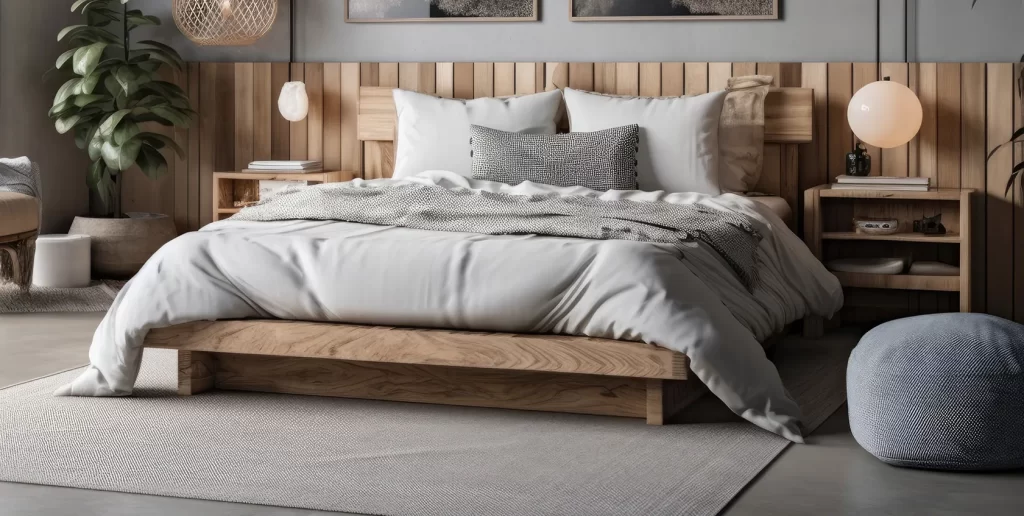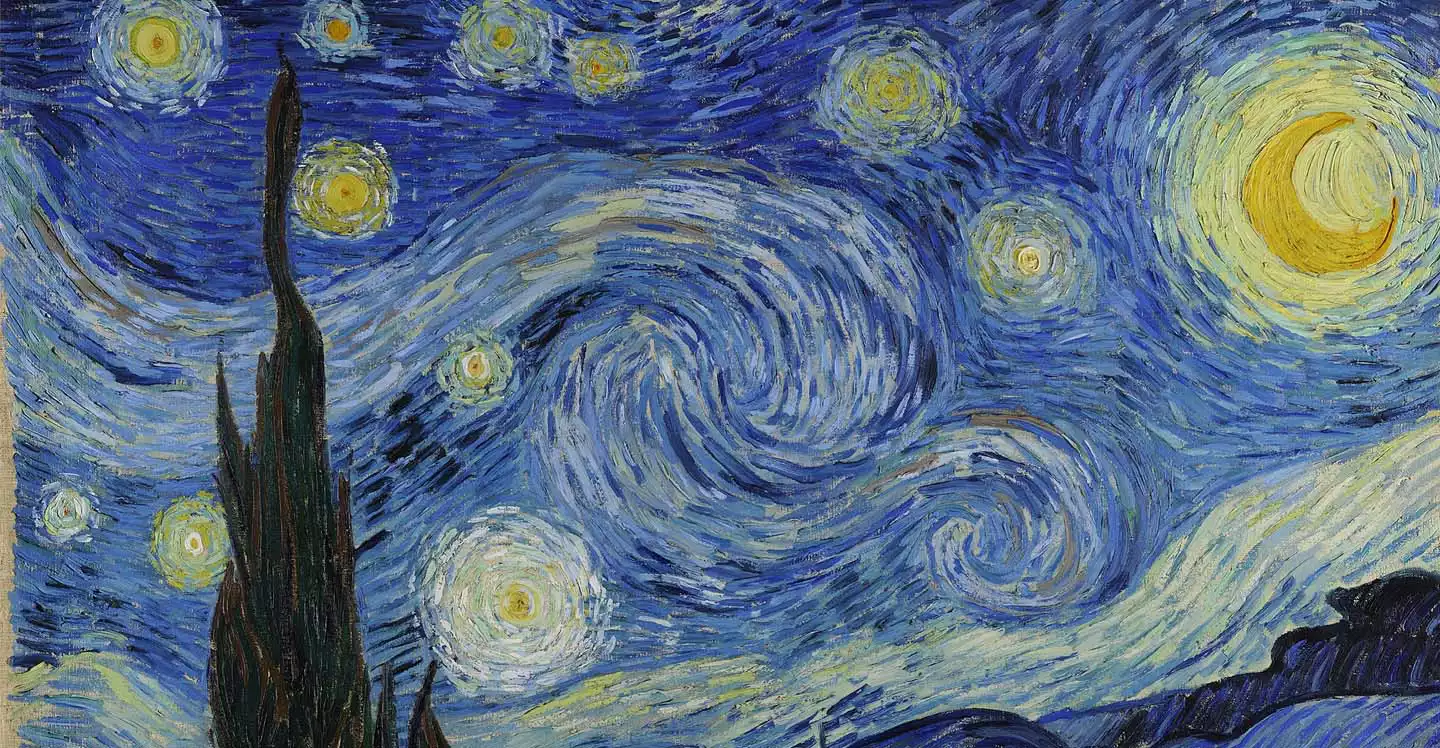Duvet is a French word that means “down”, and not comforter, although some mistakenly use the terms interchangeably. Certainly, the duvet and the comforter are similar, but they are not the same. They’re both bedspreads; however, each one has its own characteristics and its use. You might prefer one over the other, but you can also have both and choose when to use each.
Duvet
What exactly is a duvet? It has become one of the preferred options for a bedspread. It consists of two parts: the removable cover and a lining with padding. The padding or insert can be synthetic or feather. The cover is called a duvet cover, which is what protects the filling and is removable. It can have an overlap or zipper to keep the insert or padding secure and can also be easily removed, which means easy washing.
Duvet types
There are three types of duvet. The difference between them lies in the type of filling:
- Natural fiber duvet: This one is filled with duck or goose feathers, wool, silk, or cotton. Due to this padding, it is considered a luxury item. It is the softest and lightest duvet you will find. It also provides the most warmth and can last up to 20 years.
There is also a duvet filled with 100% bamboo fibers. This makes it soft, light, and breathable. It can’t be permeated with bad odors and has thermoregulatory properties, which allows you to maintain an ideal body temperature while you sleep. Plus, just like the cotton filler option, it’s cruelty-free. - Synthetic duvet: It is filled with synthetic fiber or microfiber; this is recommended for those with allergies to feathers. Of course, this material is less warm and less comfortable, and it can only last for up to 10 years.
- Mixed duvet: There is a mixed duvet cover that is made of a mixture of fibers—50% bamboo and 50% microfiber—which makes it incredibly resistant, fresh, and absorbent. In addition, it does not irritate the skin nor cause allergies.
In favor of the duvet
- You can easily go from cover to cover for different styles.
- It has a clean, simple, and light design.
- It’s very easy to wash.

Comforter
The comforter is a type of thick bedspread with quilted padding. A comforter is a single piece and is sewn; that is, you cannot separate the outer part from the interior, which provides warmth and makes it more comfortable when sleeping. As it is made up of a single piece, the entire thing must be washed.
Comforter types
There are three types of comforters, and as with the duvet, the difference lies in the type of filling.
- Natural fiber comforter: Although most are synthetic, there are natural comforters; for example, there’s a silk comforter with a 100% bamboo cover.
- Synthetic comforter: The most common, filled with synthetic fiber or microfiber. It’s recommended for those with allergies to natural materials.
- Mixed comforter: You can find comforters that are made of both synthetic and natural materials, for example, one that is filled with microfiber, but with a cover made from a mixture of bamboo fibers.
In favor of the comforter
- It’s padded and thick, which guarantees warmth, unlike the duvet, which is not made for very cold winters.
- Being padded, its filling is even and does not lump.
- You can take it to a dry cleaner and not have to worry about messing it up.
Allergies and care
Allergies generally arise as a result of the dust and dirt that a bedspread, duvet, or comforter can store, and sometimes not as a consequence of the padding itself. Of course, there are exceptions in cases of allergies to certain materials.
Also keep in mind that you don’t have to be allergic to birds to be allergic to a feather duvet. Allergies to dust and mites that grow in our bedding are often the cause of the most common respiratory problems.
Microfiber or bamboo padding is an excellent alternative to avoid this problem, as it is soft, warms well, and can be washed frequently. It is recommended that you check that the fiber with which they are filled, whether you have a duvet or a comforter, is hypoallergenic, resistant to dust mites, and that it can be washed at 60 °C, the temperature that kills these bugs.
Which colors to choose
The duvet is of Nordic origin. It is usually made of white, smooth, or patterned fabric, because it is designed to have much more variety in colors and patterns, unlike the duvet. But regardless of what you choose, we recommend you follow some feng shui guidelines in choosing your bedspread cover.
It has to pair well with the tone of your walls and with the ones you’ll choose in other textiles (carpets, curtains, cushions, etc.). The color(s) of your comforter or duvet should be soft, such as earth tones (beige, off-white, etc.), green, mauve, pale pink, or gray. Two combination options are as follows:
Earth tones and white
- You can paint the head wall in earth tones and the rest of the walls white.
- Use a warm natural wood headboard and white bedding, both for the cushions and for the duvet or comforter.
- Place a throw blanket at the foot of the bed, something brown to bring warmth, and opt for a curtain of the same tone to let in light.
Neutral colors
- The quintessential neutral colors are gray and bone. In fact, the latter is perhaps the most used in feng shui, since it evokes a good atmosphere. It’s elegant, warm, and bright, in addition to the fact that, being halfway between white and yellow, it is the perfect base for combining all colors, like blue (symbolic of meditation). Duvets or comforters in these colors are so versatile that they are the ideal option for all types of decoration.





